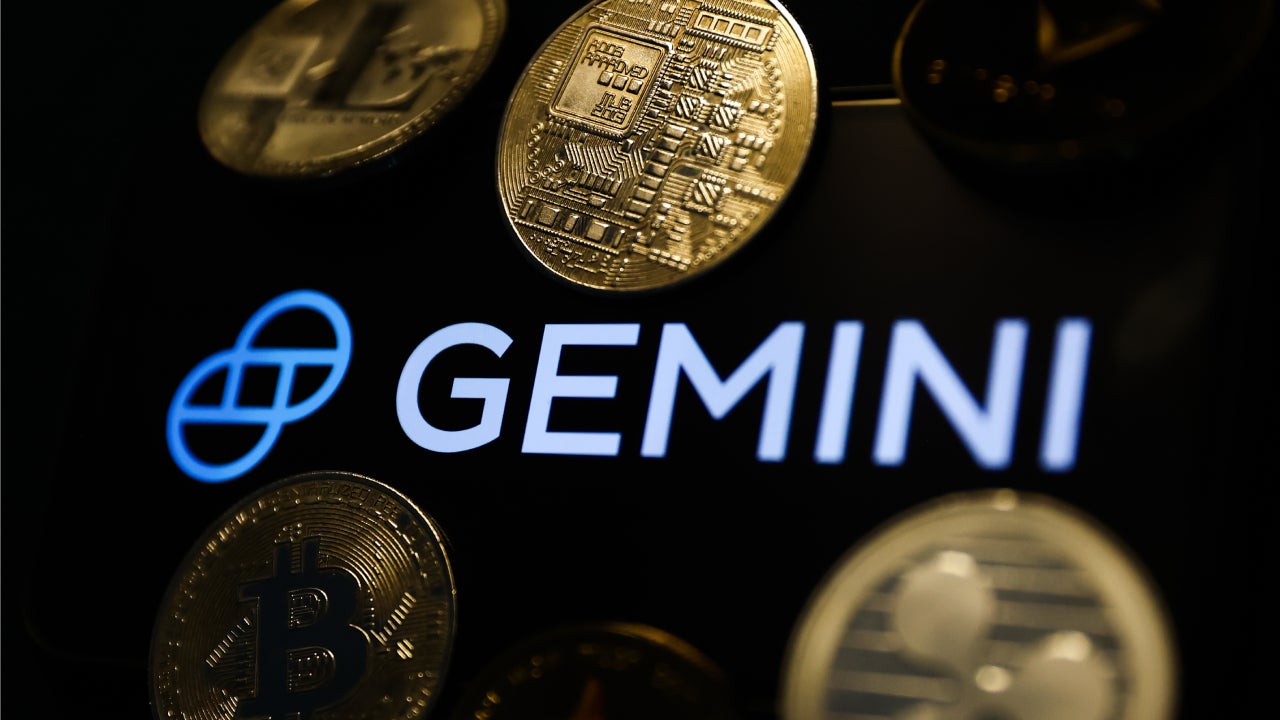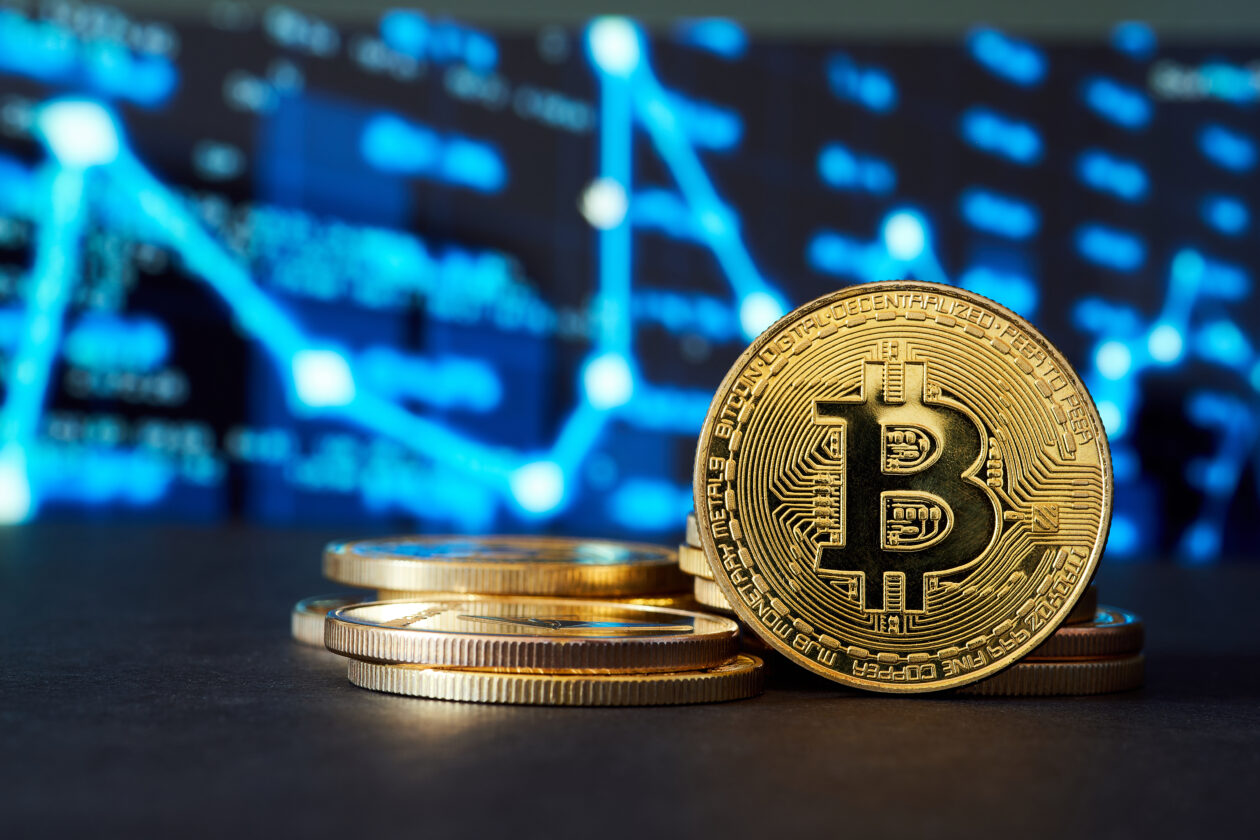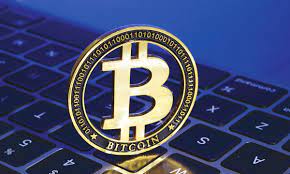High-risk DeFi loans surge after US election as crypto market rallies
Moonwell's price has taken a significant downturn, yet cryptocurrency experts remain optimistic about a potential recovery for the WELL token. Despite the recent decline, the token's strong technical indicators suggest it may bounce back, particularly as it continues to trade above the 50-day moving average

High-risk decentralized finance (DeFi) loans have experienced a significant increase following the recent U.S. elections, coinciding with a rally in the cryptocurrency market. This surge comes just months after a major liquidation event involving Curve's founder, who lost over $100 million. The rise in these loans may indicate a shift in investor sentiment towards more aggressive investment strategies, as optimism grows in the post-election landscape.
-
Market Dynamics: The surge in high-risk DeFi loans reflects a broader trend of increasing confidence among investors in the crypto space, despite previous setbacks.
-
Investor Behavior: The recent spike in loans suggests that investors are willing to take on more risk, potentially signaling a volatile period ahead for major cryptocurrencies like Bitcoin and Ethereum.
-
Implications for the Future: As high-risk lending becomes more prevalent, it raises questions about the sustainability of this growth and the potential for future market corrections.
-
Conclusion: The current environment presents both opportunities and risks, as the crypto market continues to evolve in response to political and economic changes. High-risk decentralized finance (DeFi) loans have seen a notable uptick following the recent U.S. elections, aligning with a rally in the cryptocurrency market. This increase comes just months after a significant liquidation event involving Curve's founder, who faced losses exceeding $100 million. The rise in these loans may reflect a shift in investor sentiment towards more aggressive investment strategies, fueled by growing optimism in the post-election climate.
-
Market Dynamics: The increase in high-risk DeFi loans illustrates a broader trend of rising confidence among investors in the crypto sector, despite earlier challenges.
-
Investor Behavior: The recent surge in loans indicates that investors are prepared to embrace greater risk, which could foreshadow a volatile period for major cryptocurrencies such as Bitcoin and Ethereum.
-
Implications for the Future: The growing prevalence of high-risk lending prompts questions regarding the sustainability of this growth and the likelihood of future market corrections.
-
The current landscape offers both opportunities and risks, as the cryptocurrency market continues to adapt to political and economic shifts.
The surge in high-risk DeFi loans following the U.S. elections highlights a significant shift in the cryptocurrency landscape. As investors react to the political climate, many are gravitating towards more aggressive lending strategies, which could lead to increased volatility in the market.
Key Factors Driving the Surge:
-
** Increased Investor Confidence**: The post-election environment has fostered a sense of optimism among investors, encouraging them to explore high-risk opportunities within the DeFi space.
-
Market Liquidity: The influx of capital into platforms like Binance, which saw over $7 billion in inflows, indicates a robust liquidity environment that supports high-risk lending.
-
Speculative Trends: The rise in high-risk loans may also be driven by speculative trading, as investors seek to capitalize on potential price movements in major cryptocurrencies.
Potential Risks:
-
Market Volatility: The aggressive investment strategies could lead to significant price fluctuations, particularly for Bitcoin and Ethereum, as market sentiment shifts rapidly.
-
Regulatory Scrutiny: As DeFi continues to grow, it may attract increased regulatory attention, which could impact the operational landscape for these lending platforms.
-
Sustainability Concerns: The long-term viability of high-risk lending practices remains uncertain, especially if market conditions change or if there are significant downturns.
The current surge in high-risk DeFi loans post-U.S. elections reflects a complex interplay of investor sentiment, market dynamics, and potential risks. As the cryptocurrency market evolves, stakeholders must navigate these changes carefully, balancing the pursuit of opportunities with the inherent risks associated with high-risk investments.
FAQ:
Q1: What is DeFi?
A1: DeFi, or decentralized finance, refers to financial services that use blockchain technology to operate without traditional intermediaries like banks. It allows users to lend, borrow, trade, and earn interest on their assets in a decentralized manner.
Q2: How does DeFi differ from traditional finance?
A2: DeFi operates on blockchain technology, providing transparency and accessibility, while traditional finance relies on centralized institutions that can impose fees and restrictions.
Q3: What are the risks associated with DeFi?
A3: Risks include market volatility, smart contract vulnerabilities, regulatory scrutiny, and the potential for loss of funds due to hacks or scams.
Q4: Why are high-risk loans becoming popular in DeFi?
A4: High-risk loans are gaining traction due to increased investor confidence, market liquidity, and the potential for high returns, especially in a post-election environment.
Q5: What should investors consider before engaging in high-risk DeFi lending?
A5: Investors should assess their risk tolerance, stay informed about market trends, understand the specific DeFi platform's mechanics, and be aware of the regulatory landscape.
Q6: How can one participate in DeFi lending?
A6: To participate, users typically need to create a digital wallet, choose a DeFi platform, and deposit their assets to start lending or borrowing.
Q7: What is the future outlook for DeFi?
A7: The future of DeFi is promising but uncertain, as it faces challenges such as regulatory changes and market volatility. Continued innovation and adaptation will be crucial for its growth.
What's Your Reaction?















